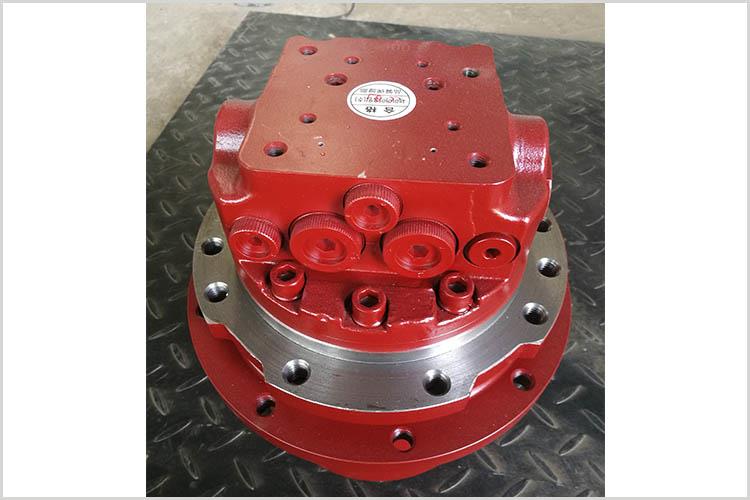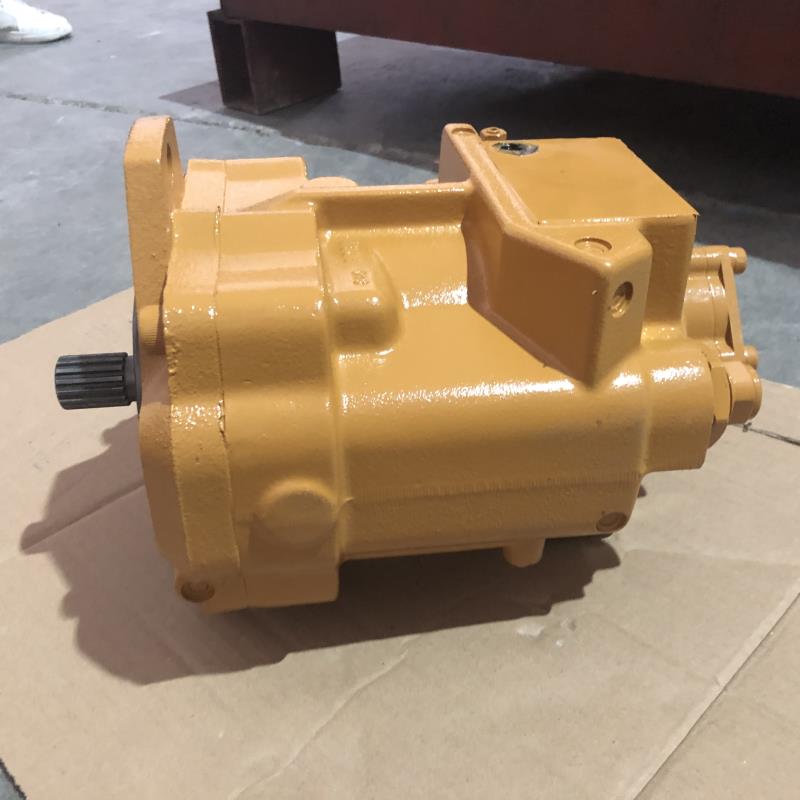The difference between a hydraulic motor and a hydraulic pump is as follows:

 Function: The hydraulic pump is a device that converts the mechanical energy of the motor into hydraulic energy and outputs flow and pressure with high volumetric efficiency. The hydraulic motor is a device that converts the pressure energy of the liquid into mechanical energy, and outputs torque and speed, with high mechanical efficiency. Therefore, the hydraulic pump is the energy source device, and the hydraulic motor is the actuator.
Function: The hydraulic pump is a device that converts the mechanical energy of the motor into hydraulic energy and outputs flow and pressure with high volumetric efficiency. The hydraulic motor is a device that converts the pressure energy of the liquid into mechanical energy, and outputs torque and speed, with high mechanical efficiency. Therefore, the hydraulic pump is the energy source device, and the hydraulic motor is the actuator.
Direction of rotation: The output shaft of the hydraulic motor needs to be reversed, so its structure is symmetrical. Some hydraulic pumps, such as gear pumps and vane pumps, have a specific direction of rotation, can only rotate in one direction, and cannot freely change the direction of rotation.
Oil inlet and outlet: In addition to the oil inlet and outlet, the hydraulic motor also has a separate oil leakage port. Hydraulic pumps usually only have an inlet and an outlet, except for axial piston pumps, where the internal leakage oil is connected to the inlet.
Efficiency: The volumetric efficiency of a hydraulic motor is lower than that of a hydraulic pump. Hydraulic pumps generally work at higher speeds, while hydraulic motors have lower output speeds.
In addition, for gear pumps, the suction port is larger than the discharge port, while the suction port and discharge port of the gear hydraulic motor are the same size. The gear motor has more teeth than the gear pump. For vane pumps, the vanes need to be installed obliquely, while the vanes in vane motors need to be installed radially. The vanes in vane motors are pressed against the surface of the stator by springs at their roots, while the vanes in vane pumps are pressed against the surface of the stator by pressure oil and centrifugal force acting on their roots.
Post time: Aug-01-2023



